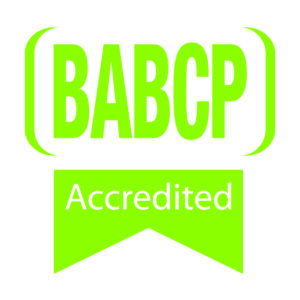NeuroAffective-CBT
NeuroAffective-CBT or NA-CBT is a transdiagnostic model developed by Daniel Mirea in response to a growing subclinical population of undiagnosed affective disorders that fall under the umbrella of shame and self-disgust.
NA-CBT proposes that emotional dysfunction, chronic feelings of shame and low-self esteem are closely related and can be maintained over time by individual’s inability to self-regulate during states of hyper- or hypo-arousal (i.e. highs and lows in mood). Underlying neural mechanisms include a loss of top-down prefrontal regulation of amygdala, aberrant cortical processing in the salience network, and an over activation of the ‘physiological’ part of the threat system (i.e. the Autonomous Nervous System). This means that individuals can feel emotionally fragile, moody, unpredictable and lack in motivation. Shame, self-disgust and low self-esteem could be found in a range of mental disorders.
Since the treatment of such phenomenon crosses the boundaries of a specific diagnostic criteria, the therapeutic approach has to be both comprehensive and strategic. NA-CBT therefore, relies on a clearly prescribed modular toolkit that aims to disrupt all mechanisms that predispose, perpetuate and precipitate shame, guilt, self-disgust or indeed chronic low self-esteem.
Treatment modules:
(1) Psychoeducation and motivation,
(2) Physical Strengthening,
(3) The integrated-Self,
(4) Coping Skills Training (including Self-Regulation) and
(5) Skills Consolidation & Problems Prevention
In a 2018 interview with Psychotherapy Expert Talks, Donald Meichenbaum pointed out that the field of neuroscience (including gen
